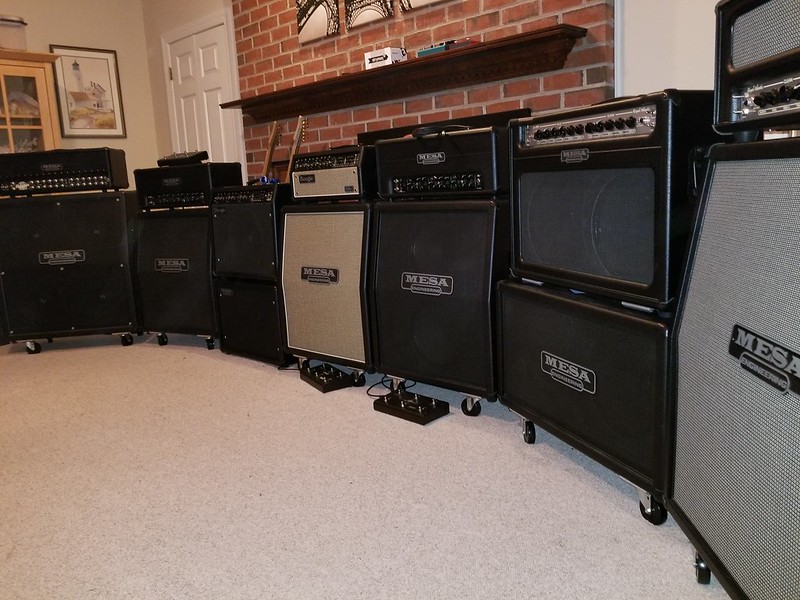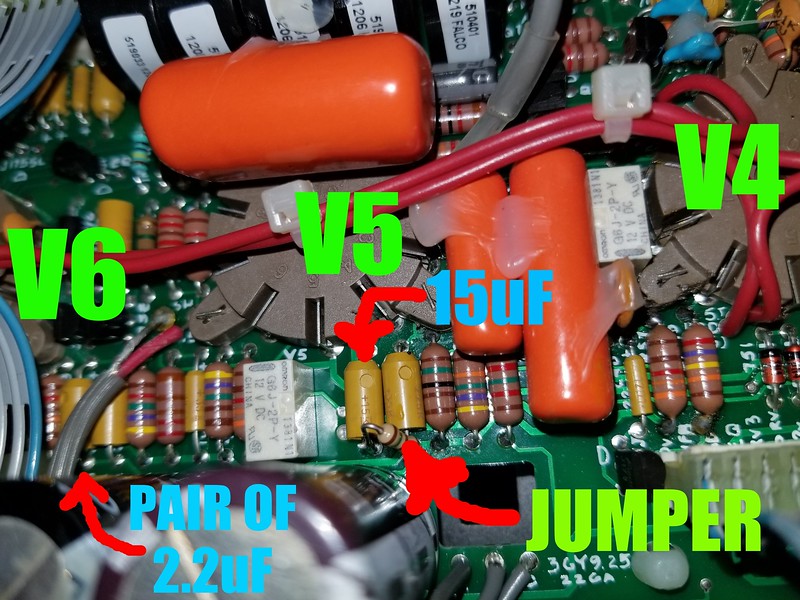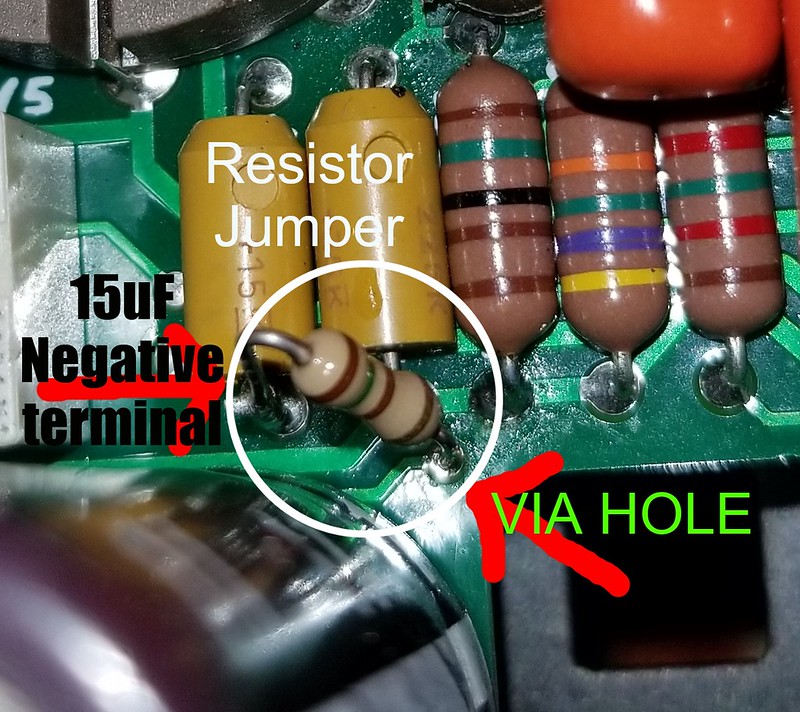Don’t delete the post. It is great info.
I have a theory on Bandit’s love/hate with the Mark V. I’m an engineer also, like Bandit. The Mark V is just a joy from an engineering point of view. So many options, so thoughtfully designed, it truly is an engineering masterpiece. (and a service techs nightmare, haha) My theory as to why Bandit just can’t part with the Mark V is that it is just too much of an engineering marvel. Deep down, in the heart of an engineer, there is a deep appreciation of what the Mark V accomplishes. The variety of tones, the quality of the tones (at least the one I have), the utter beastliness of channel 3, the classic crunch, punk and thick juicey tones in channel 2, and the pristine sparkle and clean of channel 1. The fact that it does not 100% live up to expectations (is it a lemon? does it just not sound like the ideal tone?) is a disappointment, but damn, it is an extremely well engineered piece of gear. Hard to get rid of it.
As for me.. I found I prefer the JAN AT7 in V4 (in V6 it seemed to reduce the gian too much). I haven’t looked back and I’m not interested in any more mods. Yes, the TC-50 and Rectoverb 25 are enjoyed very much, also. But, the Mark V always gives the biggest goose bumps (even bigger now with the vertical 2x12 Rectifier cab).
I have a theory on Bandit’s love/hate with the Mark V. I’m an engineer also, like Bandit. The Mark V is just a joy from an engineering point of view. So many options, so thoughtfully designed, it truly is an engineering masterpiece. (and a service techs nightmare, haha) My theory as to why Bandit just can’t part with the Mark V is that it is just too much of an engineering marvel. Deep down, in the heart of an engineer, there is a deep appreciation of what the Mark V accomplishes. The variety of tones, the quality of the tones (at least the one I have), the utter beastliness of channel 3, the classic crunch, punk and thick juicey tones in channel 2, and the pristine sparkle and clean of channel 1. The fact that it does not 100% live up to expectations (is it a lemon? does it just not sound like the ideal tone?) is a disappointment, but damn, it is an extremely well engineered piece of gear. Hard to get rid of it.
As for me.. I found I prefer the JAN AT7 in V4 (in V6 it seemed to reduce the gian too much). I haven’t looked back and I’m not interested in any more mods. Yes, the TC-50 and Rectoverb 25 are enjoyed very much, also. But, the Mark V always gives the biggest goose bumps (even bigger now with the vertical 2x12 Rectifier cab).








